Share
Tamron 70-210mm f/4 Di VC: Will You Really Miss that Extra Stop of Light?
The Tamron 70-210mm f/4 Di VC is svelte and sleek, but how does it perform? Gear snobs might turn up their noses at an f/4 in the 70-200mm range. ...
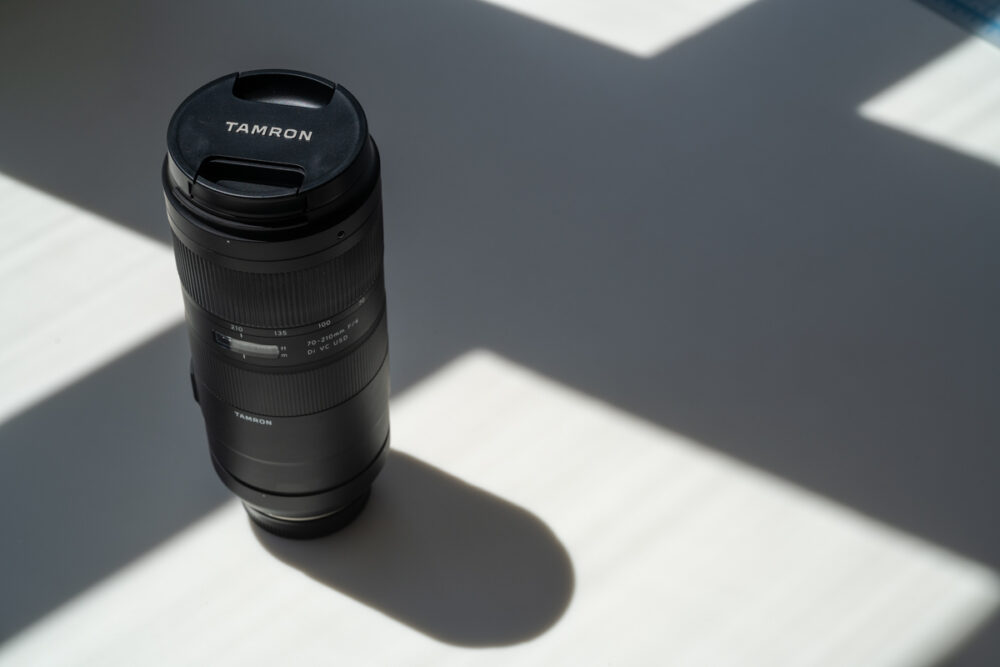
The Tamron 70-210mm f/4 Di VC is svelte and sleek, but how does it perform?
Gear snobs might turn up their noses at an f/4 in the 70-200mm range. But as high ISO performance has increased, more photographers are re-examining whether they need a 70-200mm f/2.8 lens. And for good reason. Nikon’s 70-200mm f/2.8E is 8.1” long, weighs a whopping 1560g, and costs $2796. Sony’s version is $2598, and Canon’s 8-year old design is $1899.
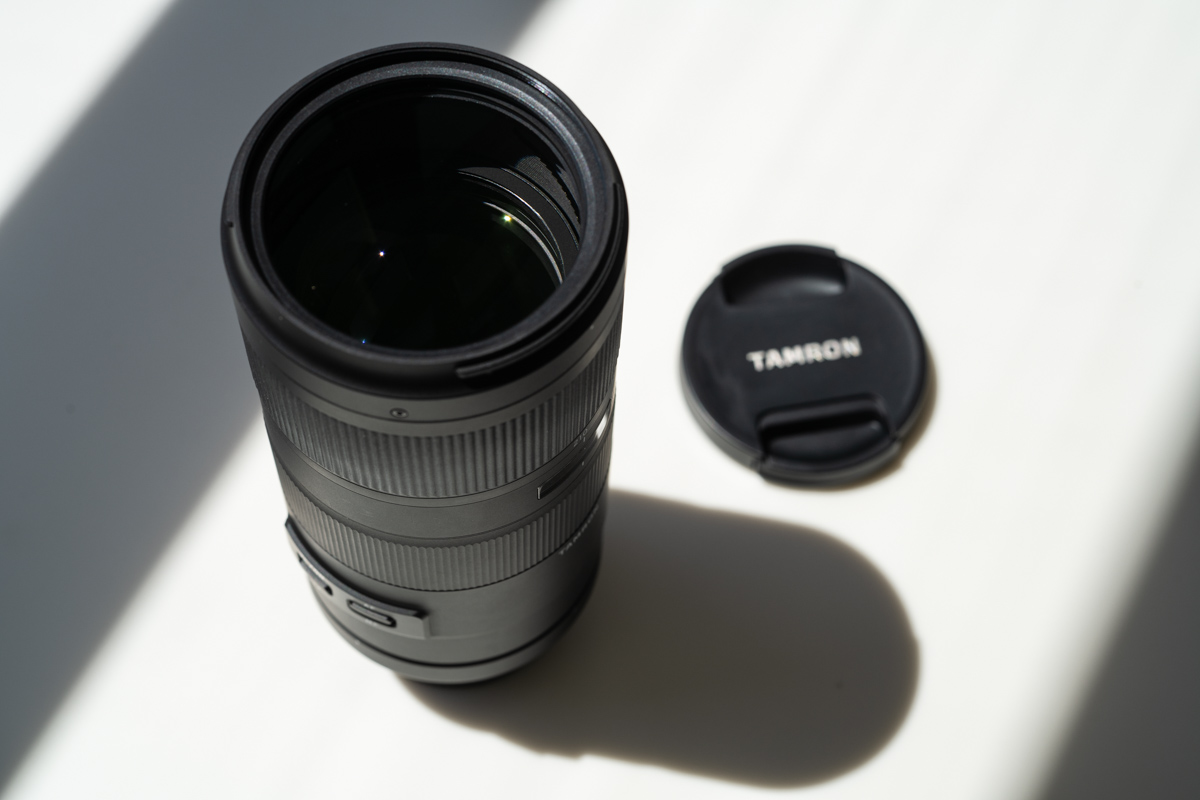
Photo by Allen Murabayashi
By contrast, Tamron’s f/4 version is 6.8” long, weighs almost 50% less at 850g, and retails for $799. (Nikon’s f/4 sells for $1396). Plus, it goes to 210mm! Tamron is positioning this lens as the perfect travel companion, and it’s hard to argue with that logic.

ISO 200, 210mm f/4 at 1/400s. Photo by Allen Murabayashi
Minimalism is on full display with this lens. It features only two switches for AF and image stabilization. Canon and Nikon users might not be too happy with the placement of the zoom ring at the front of the barrel. Both the focus and zoom ring are the same width and use a very similar rubber pattern (the zoom ring is slightly more raised) – in other words, prepare to be a bit confused when you first start using the lens.
Focus Breathing
Ever since Nikon’s earlier 70-200mm f/2.8G lens came out, everyone seemingly has had an opinion about focus breathing. For the lucky people that been spared the “controversy,” focus breathing is a change in effective focal length as you rack through a focus range. At a particular focal length, the angle a view – what you see from edge to edge of my frame – changes depending on the distance to subject.
At both ends of the range, the breathing feels pretty good. I say “feels” because I didn’t have an objective method to compare it to another lens. But in video mode, the breathing felt natural to my eye.
Bokeh
You can’t talk about a lens nowadays without commenting on its bokeh – or quality of out-of-focusness. The Tamron has a slight swirliness. It’s not as buttery smooth as other lenses we’ve tested (e.g. the Sigma 135mm f/1.8), but it certainly isn’t distracting.

ISO 640, 210mm, f/4 at 1/1000s. Photo by Allen Murabayashi
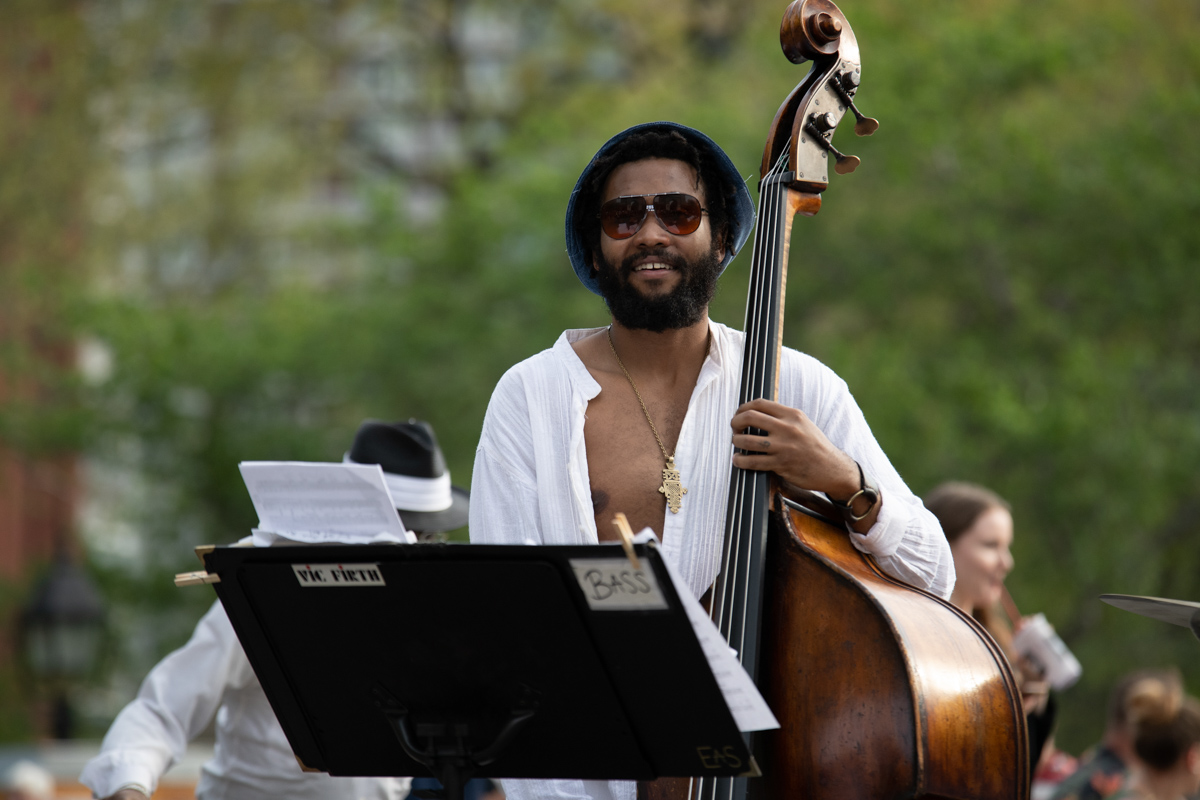
ISO 640, 210mm, f/4 at 1/2000s. Photo by Allen Murabayashi
Focus speed
Racking through the full focus range shows a little sluggishness. It’s not slow by any means, but you’ll definitely get faster performance from a $3000 pro lens. On the other hand, most photographers probably don’t continually move between the minimum and maximum focus distances. I certainly didn’t find that my real world shooting suffered from AF speed.
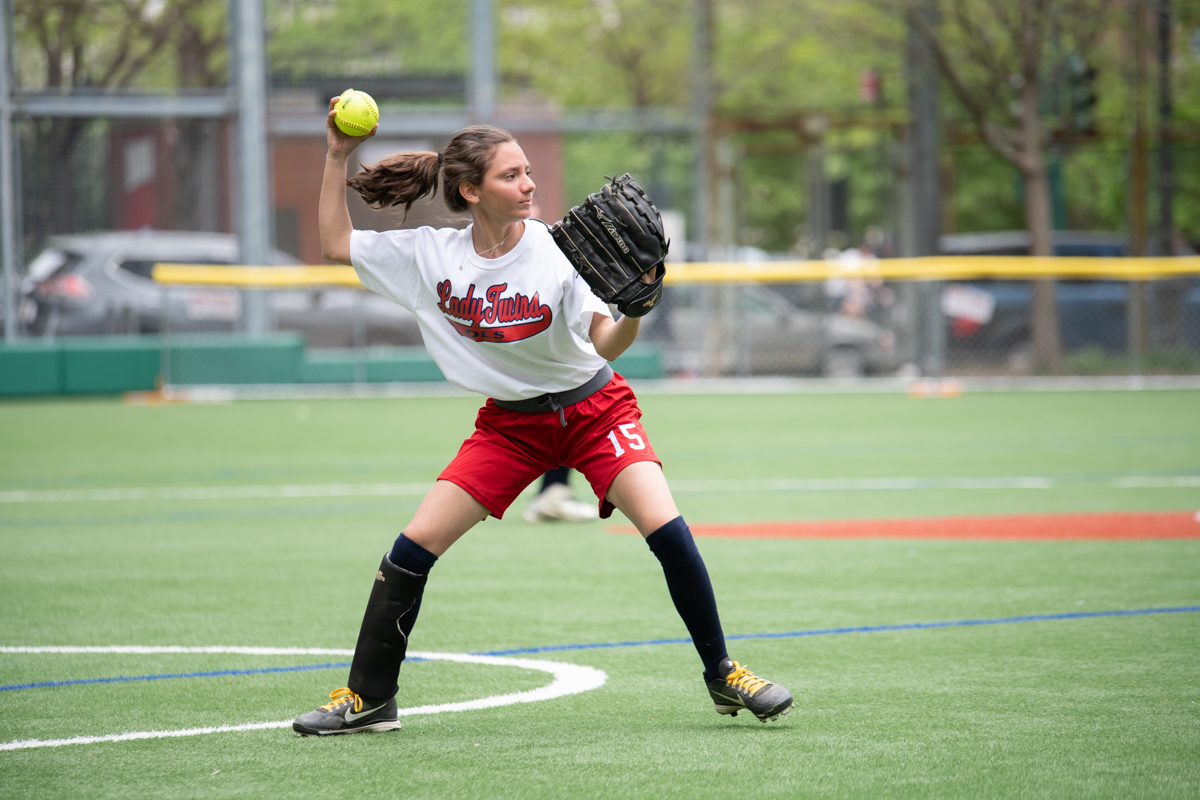
ISO 640, 190mm f/4 at 1/800s. Photo by Allen Murabayashi
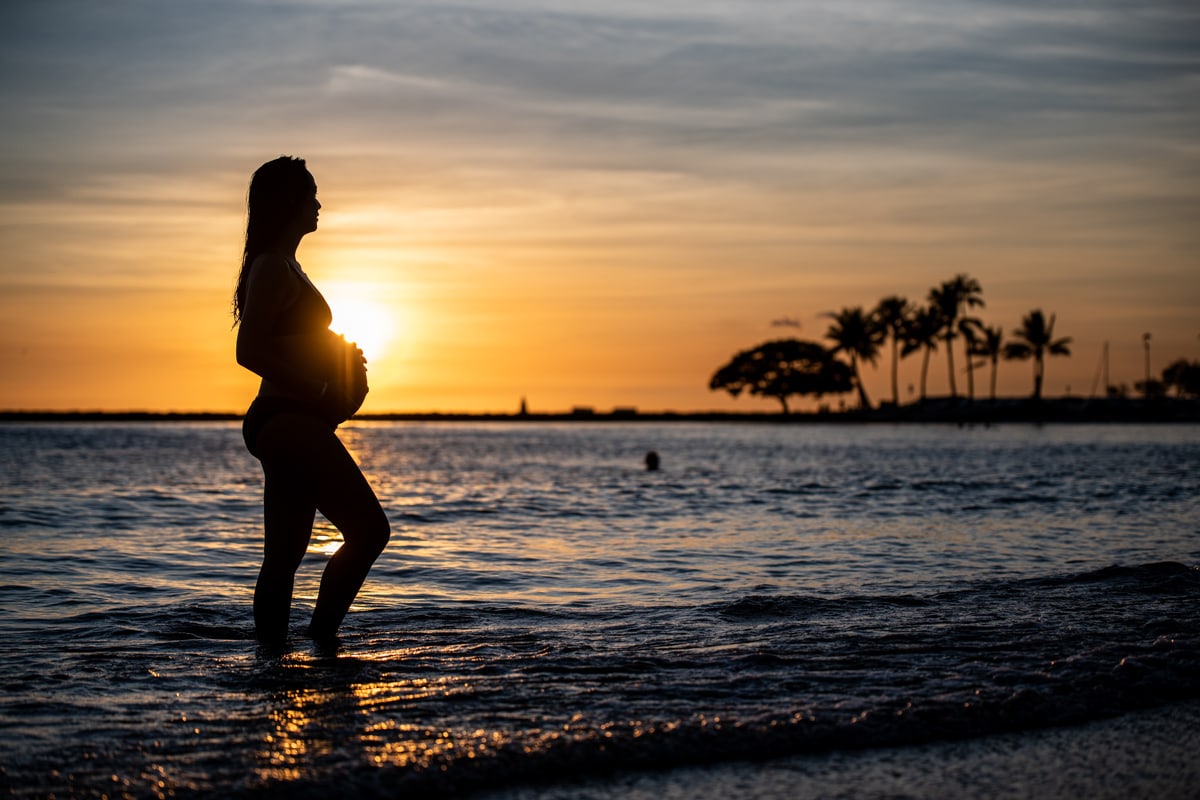
ISO 640, 210mm, f/4 at 1/800s. Photo by Allen Murabayashi
Sharpness & Aberration
The sharpness took me by surprise. The lens is very sharp at f/4, and when paired with the D850, I was blown away by the clarity. Computer aided design and better manufacturing techniques across the board have really made 3rd party lenses competitive with their name brand counterparts – and the Tamron 70-210 is a stellar example of this phenomenon.
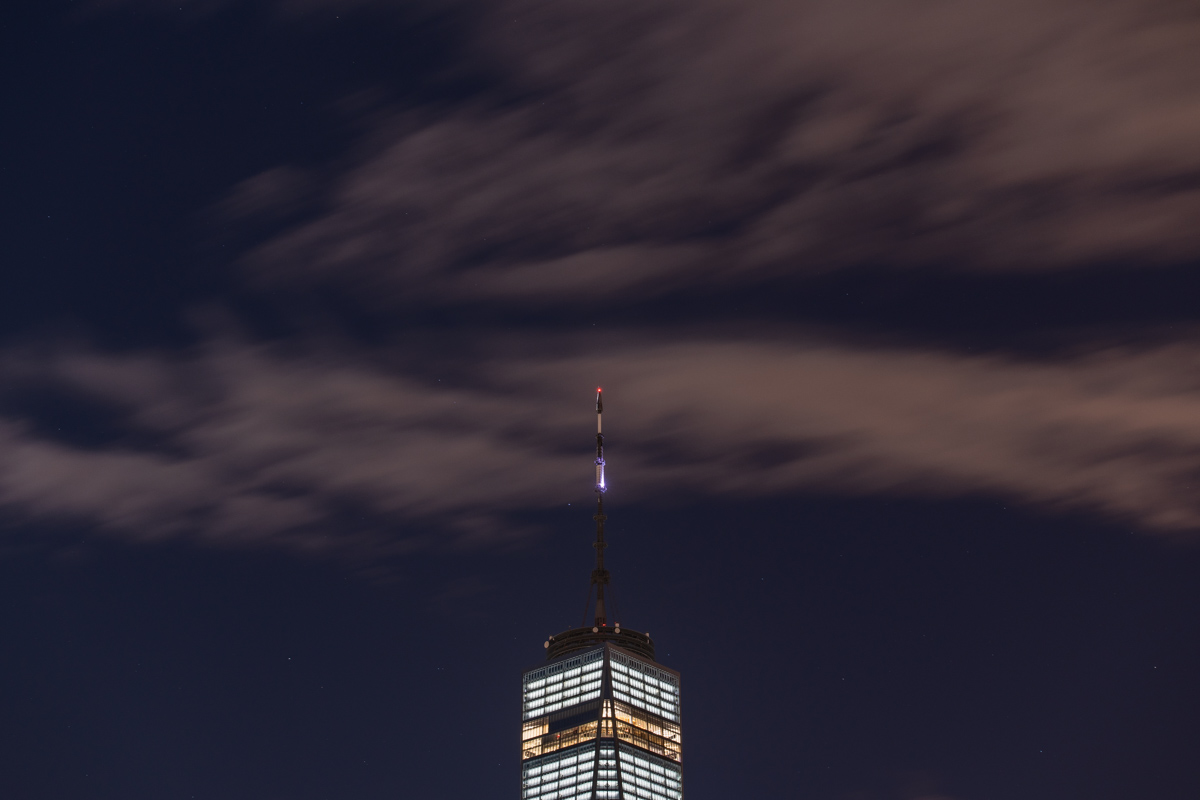
ISO 64, 70mm, f/5.6 at 6s. Photo by Allen Murabayashi

ISO 200, 210mm, f/5.6 at 3s. Photo by Allen Murabayashi
The sharpness really made me reconsider taking a look at some of the 15 year old lenses I own. Although they were state of the art at the time, they can’t hold a candle to the image quality of this lens.
At 70mm, there’s a very slight barrel distortion. At 210mm, it looks very good to my eye, but the Lightroom profile correction added a fix for slight pincushioning.
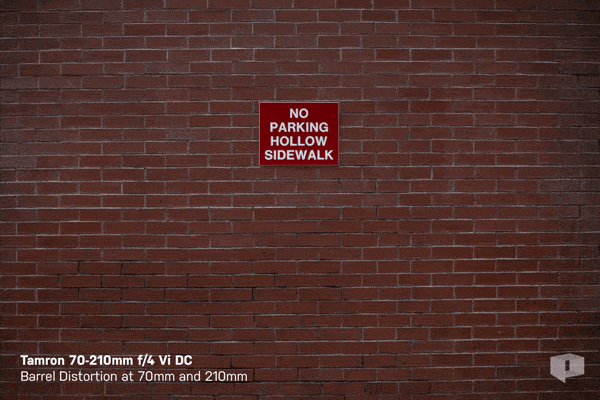
Image Stabilization
Tamron’s Vibration Compensation boasts 4-stop performance, and it seems to work pretty well without the distracting re-centering that other systems employ. In low light conditions, I was able to handhold at 1/30s at 210mm with good results.
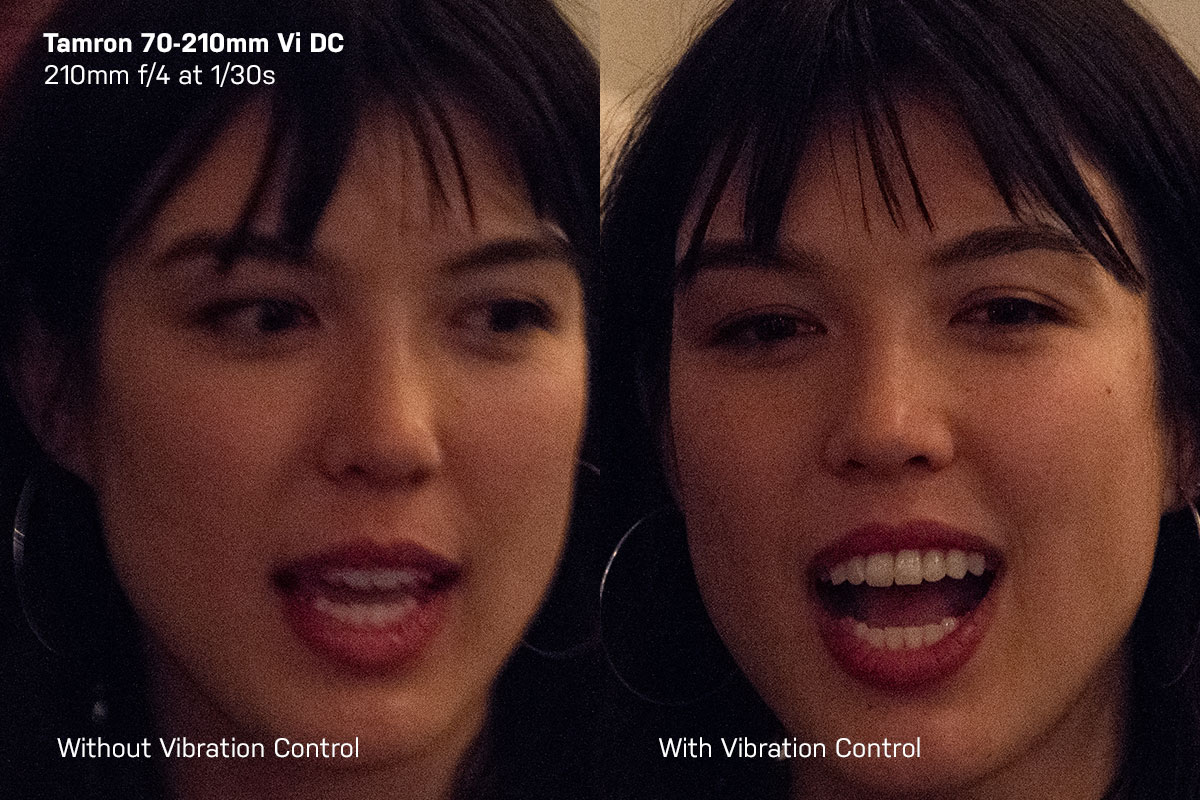
Tripod Collar
I’d be remiss if I didn’t mention Tamron’s tripod collars, which is a $129 accessory. Unlike Sony, Nikon and Canon, Tamron has adopted the industry standard Arca Swiss-style design. Given the lightweight of the lens, you probably won’t need to use a tripod collar, but as someone who uses Really Right Stuff heads, the Arca Swiss foot makes so much sense. It’s overkill for monopod users, but it makes tripod use so much easier.
Conclusion
After using the lens for a couple weeks, I didn’t find myself missing a faster f/2.8 lens because I needed an extra stop of light. With current full-frame sensor performance, the luxury of faster glass is arguably an artistic consideration for a shallower depth-of-field. And it’s a luxury that you’ll pay dearly for. Would you pay another $2000 for more blur?
The Tamron might not be the choice for specialists like sports photographers, but for $799, it’s a bargain. There’s simply no comparable offering for under a $1000.
Update: Removed language indicating that the lens is not weather sealed. Tamron’s “Moisture-Proof and Dust Resistant Construction” is their nomenclature for weather sealing.


